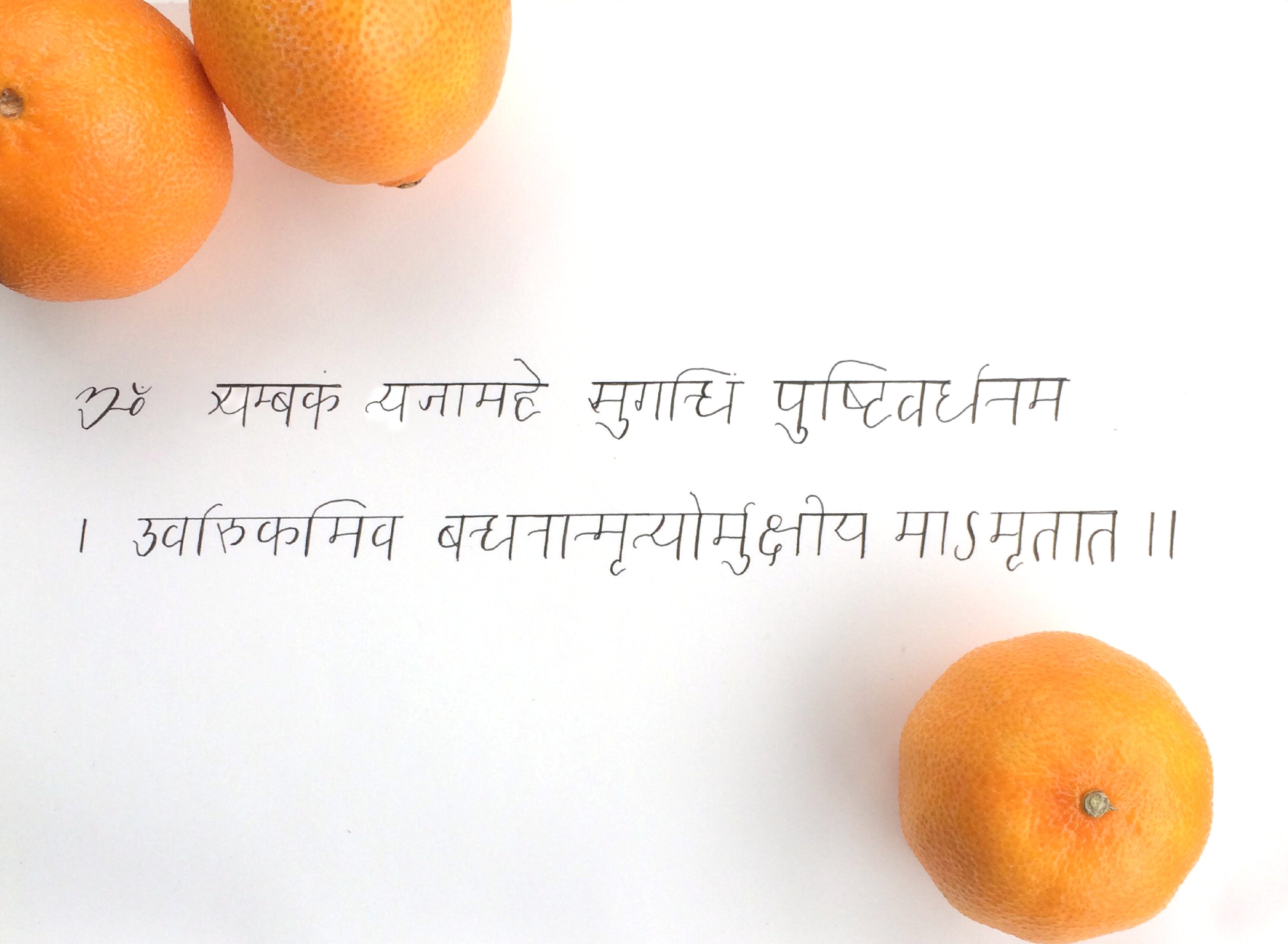by Jim Kulackoski
For the majority of my life, I have been as much a teacher as a student. As a child, I loved to try to figure out how things worked and then share my discoveries with those around me. I was intrigued by a broad range of subjects ranging from the human body and the physical sciences, to languages and music. It was important for me to understand what made things tick and even more important to share my findings with others, hoping they would benefit from that information.
I will always be a teacher, first and foremost. For me, it is a natural and effortless way to grow personally and to connect with those around me by sharing something that I love with them.
My first job was teaching the cello, and through the years I have taught a number of disciplines such as yoga, sanskrit and philosophy in various settings including yoga studios, health clubs, universities and medical schools.
Despite my generally positive experiences in teaching, sometimes the very act of teaching has felt like more like a purposeless struggle than a fulfilling experience. Fortunately, the study of yoga, particularly karma yoga, provided me with insights into what makes both my actions and my life purposeful.
According to karma yoga, the universe exists within a state of continual change resulting from karma, or action. This change creates an arc of evolution for each action that occurs. It is this principle that sustains the universe and constitutes it as a living, ever-changing entity.
This process of evolution is governed by a principle called dharma. The word dharma is composed of the roots Dhṛ meaning “to hold, support or maintain” and Mā meaning “to make, produce or create.” Dharma therefore literally means “that which supports or maintains creation.” It is the way the universe works, the rhythm and flow of nature; hence, it can also be referred to as “Mother Nature,” “the Tao” or simply “natural law.”
On a universal level, dharma refers to the laws of nature that uphold existence. On an individual level, dharma refers to a person’s vocation, “life’s purpose” or the path of action that supports his or her own evolution and that of the environment.
Karma yoga teaches that each of us has our own unique dharma, or path most appropriate for our personal evolution, as well as the evolution of our surroundings. It offers insights into how we can find our dharma in any situation we encounter by examining, understanding and ultimately transcending the true sources, or motives, behind our actions, also known as samskaras. Samskaras are the impressions or memories left over from our past actions and experiences.
These subconscious impressions form the basis of our personalities by constructing the specific beliefs we have about ourselves, the world around us and the situations we encounter. Although it may appear that what makes us feel and act the way we do is the result of our environment, karma yoga states that our behavior and actions are actually based in these core beliefs and, consequently, limited to them.
In other words, who and what we believe ourselves to be is the result of our samskaras, and our lives, for better or worse are the result of the karma or actions fueled by those beliefs.
When we begin to realize this, we realize that who and what we think we are is nothing more than a set of pre-programmed behaviors we unknowingly subscribe to. We then gain the potential to transcend these behaviors, affording us the opportunity to act in a spontaneous manner, consciously choosing how we act instead of reacting in a reflexive manner based on past experience.
When action is the result of conscious choice, it is called yajna, or “pure action.” Yajna is dharmic because it involves action beyond the scope of an individual’s known self, thus increasing his or her future potential and fueling his or her evolution. The experience of evolution contributes a sense of direction to life, affording one the experience of purpose, which in turn generates the experience of inspiration. When we act in a manner that inspires us, we profoundly affect our environment, and as we evolve, we inspire others to do the same.
History is full of many individuals who stepped outside of the confines of their identity, discovered their dharma and elevated their surroundings. One example is Mahatma Gandhi, who inspired a deep connection and relationship between people of opposing political ideologies and religious beliefs, through acting in a manner larger than himself as an individual, and inspiring countless others to do so.
Therefore, the main hallmarks of yajna, or dharmic action, are that the action is consciously and freely chosen—it causes evolution for everyone involved and that creates the experience of a purpose and inspiration.
Looking back, it becomes apparent that the times I experienced teaching as a struggle were when I was acting in a manner that wasn’t dharmic. For example, at times I got caught up in the admiration I received from others and the sense of specialness I felt from seemingly knowing more than someone else. As a result, I would look for ways to perpetuate this imagined sense of self importance by attempting to solicit even more admiration. I overextended myself, oftentimes saying yes when I really meant no. Once in that cycle, I felt like I was chasing a carrot dangled in front of my nose I could never quite reach. Rather than something that gave me joy and purpose, teaching had become a burden and source of discontent.
At some point my own dissatisfaction drove me to step outside the confines of the points of view I held and challenge the hidden beliefs that shaped my choices. I began to realize that it was possible to act in an inspiring manner, rather than an imaginary need to be liked and admired. It was when I consciously shifted my motives from ones that solely benefited a limited view of myself to ones with a larger scope of impact, teaching once again became a source of energy and inspiration.
With practice I have come to realize that in any situation it is possible to act in a manner that is dharmic, and that every situation presents the potential for my own evolution and that of those around me. I realize that when I feel the most purposeful, I am also the most inspired. These are the times I enjoy the most, the times when I am in my dharma, whether teaching or learning.
Jim Kulackoski holds an adjunct faculty position at Loyola University Chicago and runs Darshan Center, where he leads and develops programs such as teacher trainings, workshops and a healing clinic.


























No Responses to “Understanding Dharma”